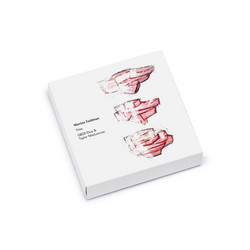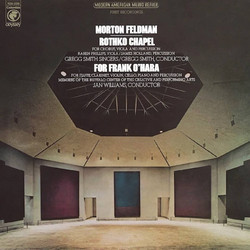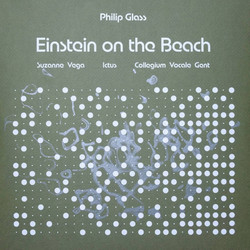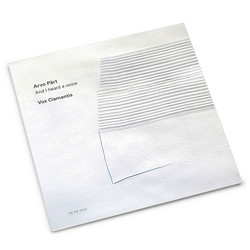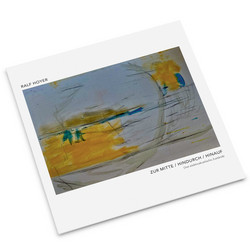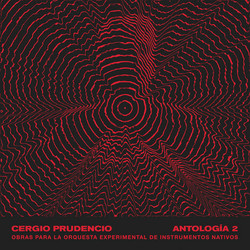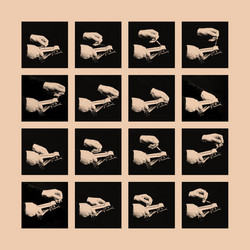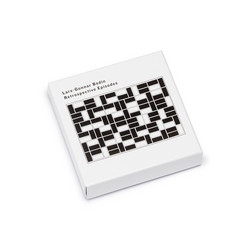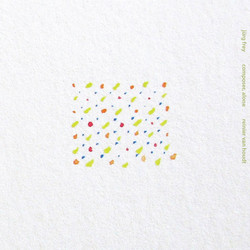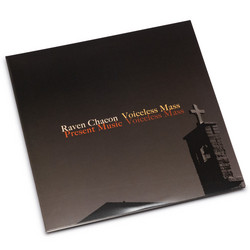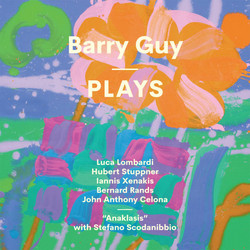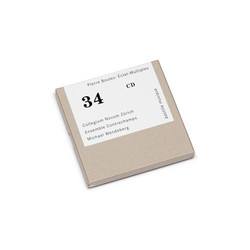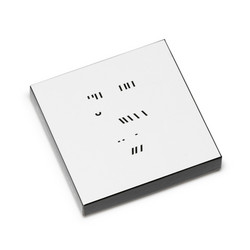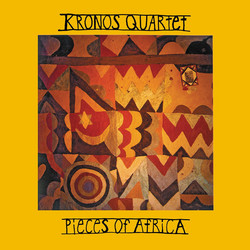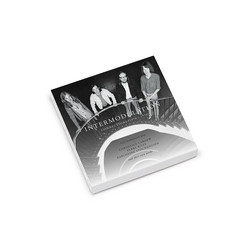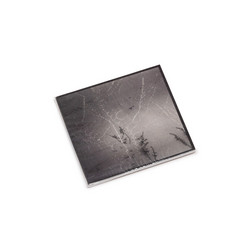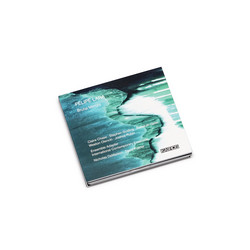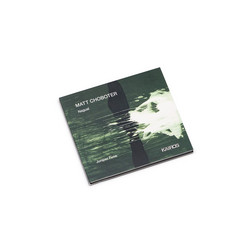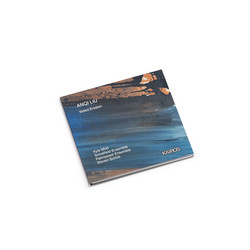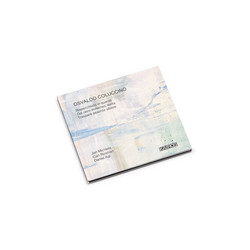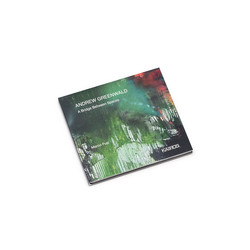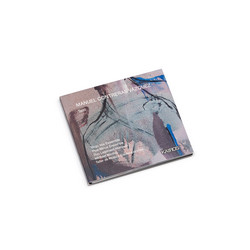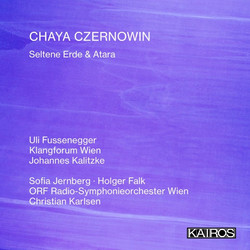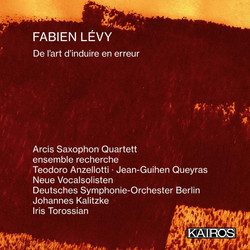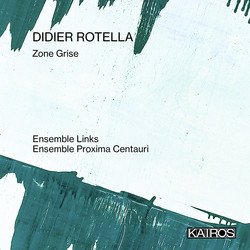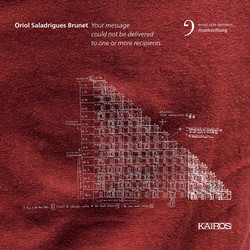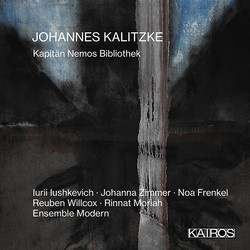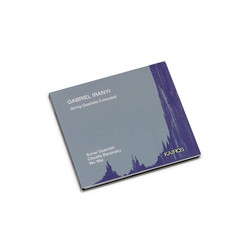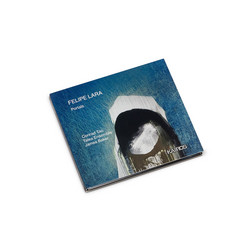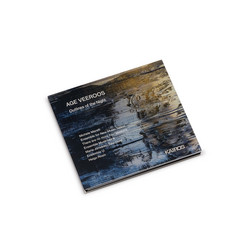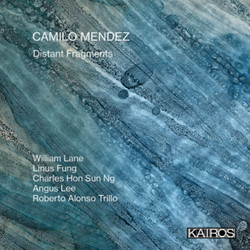Could you imagine music as a geyser? Erupting violently, waiting on tense standby, forever renewing itself... Or, just the contrary, as a sigh? An operatic sospiri, inhaling and exhaling, a tangible, rhythmic fluctuation... Or as walking with your eyes closed with full alertness to the sounds of unknown origin? That’s what Marcin Stańczyk’s music is like.The milestone of his career turned out to be the composition Sighs (2008–10, rev. 2012) for chamber- or symphonic orchestra. It got him the prestigious Toru Takemitsu Award and was premiered in Japan, and it was already preceded by many international acknowledgements of the composer’s work in Italy and France. Harrison Birtwistle, who was a one-person jury of that edition, praised the work by a younger colleague: “An extraordinarily ambitious piece. I know of nothing like it. Maybe a piece I would like to have written or certainly like to hear. What attracts me is the simultaneity of the perspective of the ideas and the music’s invention from moment to moment expressed in a notation that is both free and exact at the same time. Nevertheless, it is a virtuoso piece of musical awareness.”
What’s so impressive about Sighs? I guess it’s the perfect balance between the richness of textures and timbres on the one hand, and the clear sense of process and its direction on the other. We can imme di ately feel the arch form – this time em bodied by a reversed shape, with tension at the beginning and at the end, and relief in the middle – even though it’s masked by constant changes of orchestration or articu-lation. All these reflections, shadows, overtones, noises... Marcin Stańczyk really puts the musicians to work: they often have to use their feet for rhythms and mouths for vocalization.
Similarly to Brian Ferneyhough, he’s interested in achieving some kind of an impossible energy between the performer’s abilities and the rigid, multilayered notation. At the same time, his music has a much more natural flow than many of the new complexity pieces, maybe also because of his specific attitude to rhythm.Stańczyk put it this way in his program note: “Chopin’s rubato – a suspension, or musical sigh – is one of his greatest secrets, the essence of his compositional style. After almost two centuries, I look at his rubato with respect and admiration, though I am also aware it is a view from far away. Music cannot be, and will never be, the way it once was. It is true that people remain the same, experiencing similar emotions, but life today goes many times faster.
Today, there is often no time for reflection: we experience emotions in a nervous hurry, under pressure from the sheer volume of subsequent events. The idea of rubato is gone.”In this light, the piece could be read as a comment to the acceleration of modern times, in which romantic sighs give way to panting. We can actually hear the breathing of the musicians, particularly hectic towards the end of Sighs. The physicality of sound seems to have been very important to Stańczyk for many years and manifests very clearly in Mosaïque (2012) for cello and electronics. The Polish composer wrote it during his cursus in IRCAM; the harsh, animal-like sounds of the piece were a sensation at the music center renowned for its refined timbral aesthetics. This short piece reflects some beats and noises from Parisian street soundscapes that amazed Stańczyk with their diversity and numerous, distinct layers. Live electronics become more and more intrusive and distort the solo instrument to the extent that it can no longer be recognized
